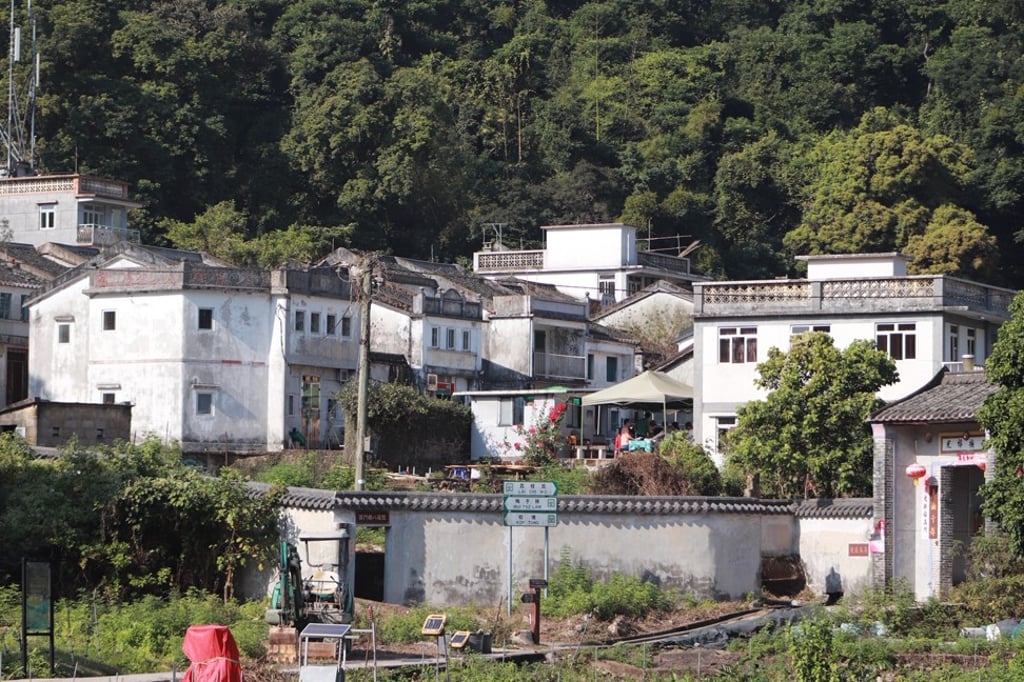Artists celebrate the ordinary in Hong Kong Hakka village show – adobe bricks, straw hats and rural hardship
- A group of artists who took up residency in remote Lai Chi Wo, near the Chinese border, are showing the fruits of their encounters with rural village life
- Featuring oral histories, vernacular architecture and representations of farming, its curation was a journey of discovery for one Hakka artist

There’s a ferry that heads out of the Tolo Channel, past a police checkpoint and floating barrier, and on into a geological park and some of the most dramatic scenery in Hong Kong.
The village, which is more than 300 years old, was once a flourishing community of Hakka Chinese farmers and one of the more affluent settlements in the northeastern New Territories.
By the 1950s, however, it had become so poor, some villagers say, that parents could not afford to send their children to school. So, like other indigenous villagers in rural Hong Kong, they migrated to work in restaurants in Britain and Germany, and later set up their own. (The Hakka, whose name in Chinese means “guest families”, migrated from northern China to southern China in the 13th century and have their own language.)

On board the ferry is community artist Evelyna Liang Kan, herself half Hakka, who, together with seven others, has created an exhibition in the village reflecting its cultural and farming background as their gift to the community.
